How to Avoid Careless Errors in Standardized Math Tests
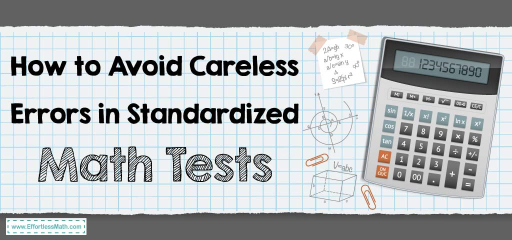
There’s nothing more frustrating than finishing a math test feeling confident, only to get it back and realize you lost points on careless mistakes. You knew how to solve the problems, but somehow a minus sign went missing, or you bubbled the wrong answer. Ugh. Careless errors are sneaky. They creep in when you’re rushing, tired, or just not fully focused. The good news is that you can catch (and prevent) most of them with some smart strategies. Here’s how to stop giving away easy points on your next standardized math test.
1. Slow Down (Just a Little)
Yes, we know there’s a timer ticking. But most careless mistakes happen when you rush. That’s when your brain starts assuming things instead of actually reading and thinking. Take an extra 5–10 seconds per question to double-check what’s being asked. You don’t have a professional paper writing service on hand, so you have to rely on your own abilities. That tiny pause can save you from misreading a word problem or solving for x when they asked for 2x. Speed is important, but accuracy matters more.
2. Underline Key Info in Word Problems
Word problems love to hide the important details in a sea of text. Train yourself to underline or circle keywords and numbers as you read. For example:
“Sarah buys 3 notebooks for $2.50 each and a pen for $1.25. How much change does she get from a $10 bill?”
If you underline 3 notebooks, $2.50 each, a pen, $1.25, and $10 bill, you’ll stay focused on what matters.
3. Write Out Your Work (Even If It’s Easy)
Mental math can feel faster, but it opens the door for minor slip-ups. One tiny mistake in your head can lead to the wrong answer, and you won’t always spot it.
Write down your steps, even for basic stuff. It gives your brain a second chance to catch mistakes. Plus, if you realize your final answer seems off, it’s easier to go back and find the error.
4. Be Best Friends With Your Calculator
Calculators are great until they betray you. Double-check that you’re typing numbers in correctly. Watch out for parentheses, negative signs, or entering numbers in the wrong order. If your answer seems weird (like a negative area or 10,000 for a question asking how many apples Sarah bought), it probably is.
Tip: Do the math by hand first, then confirm with the calculator. Or do the calculation twice to make sure the results match.
5. Don’t Just Check the Answer—Check the Question Again
You might get to the correct answer, but if the question asked for something else, that answer is still wrong.
Let’s say a question asks for the number of hours worked per week, but you accidentally solve for per day. Oops. That’s a careless mistake, and it hurts.
Before bubbling in your final answer, glance back at the question. Ask yourself: “Is this exactly what they asked for?” If not, fix it.
6. Keep Your Work Neat
If your numbers are all over the place or you can’t tell a 6 from an 8, it’s easier to misread your own writing. Try to keep your numbers lined up and your steps in order. It’s not about being artistic. It’s about helping your brain stay organized under pressure.
7. Use Estimation to Catch Crazy Answers
If you finish a question and your answer seems way too big or too small, trust that instinct. You probably made a mistake somewhere. Use a quick estimate to see if your answer makes sense. If your answer feels off, take another look.
8. Bubble in Answers at the End (Strategically)
Some students prefer bubbling one answer at a time, but that can increase the chance of bubbling in the wrong row, especially if you skip a question.
Instead, consider marking answers in your test booklet and bubbling them in batches of 5 or 10 at a time. Just make sure you’re tracking skipped questions carefully so you don’t get off by one row (a super common mistake).
9. Leave Time for a Final Sweep
If you finish early, don’t just sit there. Use the last few minutes to go back and recheck the trickier questions or the ones you weren’t 100% sure about. You’re not redoing the whole test, just making sure you didn’t misread, miscalculate, or mis-bubble anything. This final sweep can easily bump up your score by catching one or two mistakes you’d otherwise miss.
10. Practice Under Test Conditions
Last but not least, train the way you’ll play. When you’re practicing at home, set a timer. Sit at a desk. Use a real answer sheet if possible. The more you simulate the real test, the more comfortable you’ll be when it counts.
You’ll also start to notice what kinds of careless errors you personally tend to make, whether it’s dropping negatives, rushing through word problems, or mislabeling graphs. Once you know your patterns, you can fix them.
Final Thoughts
Careless errors are annoying, but they’re also avoidable. They’re not about your math ability. They’re about focus, habits, and test-taking strategy. With a few tweaks to how you approach each question, you can cut down those silly mistakes and give yourself the best shot at the score you deserve.
You already know the math. Now it’s time to show it without letting those little errors get in your way.
Frequently Asked Questions
What is a growing pattern?
A growing pattern in mathematics refers to a sequence of numbers, shapes, or objects that increase according to a specific rule or formula. For instance, in a sequence where each number is obtained by adding 2 to the previous number (like 2, 4, 6, 8, …), the pattern grows consistently by 2. Understanding and identifying these patterns is crucial during standardized math tests, as it helps in solving problems accurately and efficiently. To avoid careless errors when working with sequences and patterns, take a moment to clearly define the rule of the pattern and double-check your calculations. This strategy ensures that you remain vigilant and accurate, especially under timed conditions.
What is the relationship between chord and arc?
In geometry, the relationship between a chord and an arc in a circle is that the chord divides the circle into two arcs: a smaller arc (minor arc) and a larger arc (major arc). The length of the chord directly influences the size of the arcs it creates—the longer the chord, the smaller the minor arc and the larger the major arc. When preparing for standardized math tests, it’s crucial to avoid careless errors in problems involving circles by carefully noting whether the question refers to the chord or the arc, as confusing these can lead to incorrect answers. A thorough review of circle concepts can help clarify these relationships and improve accuracy on such questions.
What is the rule for a growing pattern?
A growing pattern in mathematics refers to a sequence where each term increases according to a specific rule or formula. This rule determines how each subsequent number, shape, or item is derived from its predecessors. For instance, in a sequence where each number is the previous number plus two (e.g., 2, 4, 6, 8…), the rule is “add 2.” To avoid careless errors on standardized math tests when dealing with growing patterns, ensure you clearly understand and apply the rule throughout the problem. Double-checking your calculations can help confirm that you are consistently applying the rule correctly, thereby reducing the chance of simple mistakes. As part of your math test preparation, practicing with sequences and patterns can build your accuracy and confidence.
Related to This Article
More math articles
- Count Lines of Symmetry
- The Best PSAT Math Worksheets: FREE & Printable
- How to Complete a Function Table from an Equation
- How to Graph Solutions to Linear Inequalities?
- Measuring Length Change: Definite Integrals in Continuous Growth Analysis
- How to Find the Equation of a Regression Line and Interpret Regression Lines
- How to Evaluate Logarithms? (+FREE Worksheet!)
- FREE 4th Grade OST Math Practice Test
- How to Differentiate Trigonometric Reciprocals
- How to Solve Systems of Linear Inequalities?
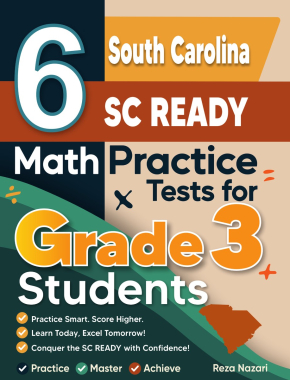


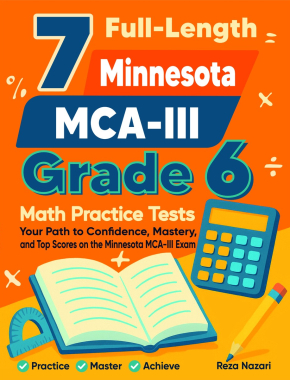
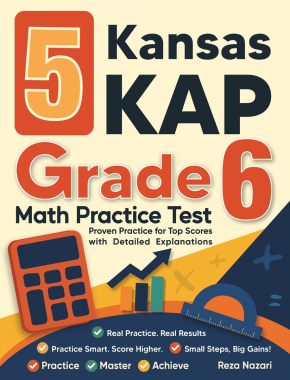
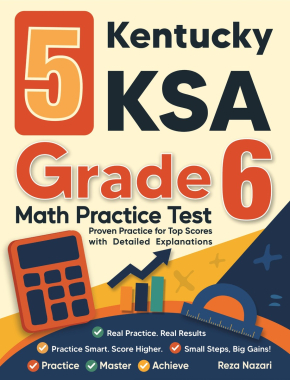
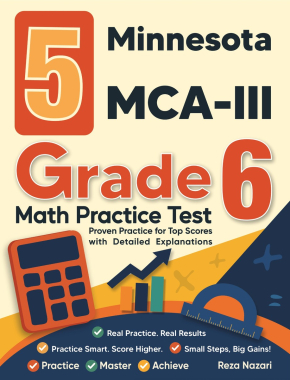

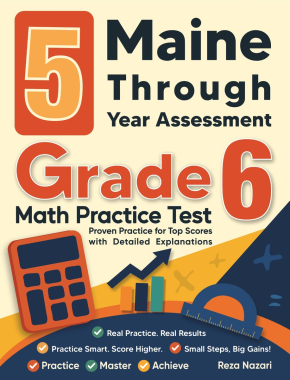
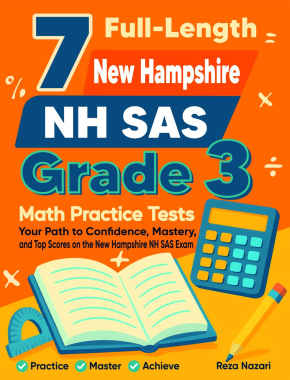
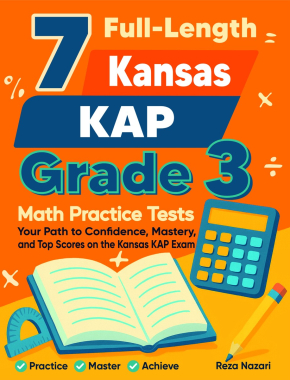
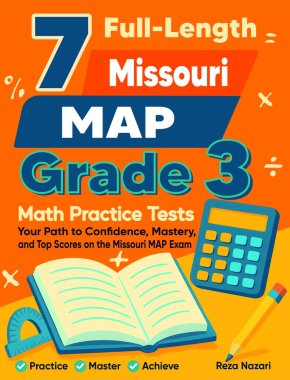
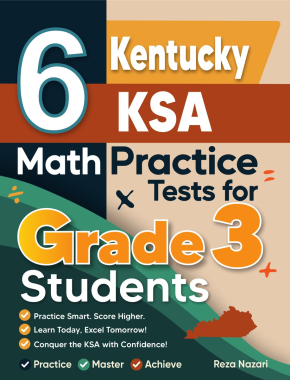
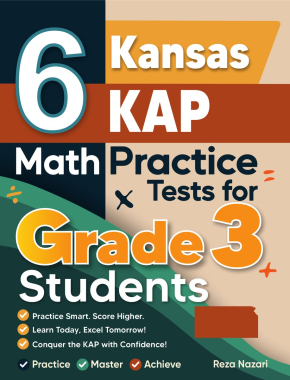
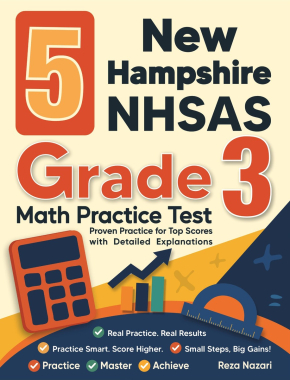
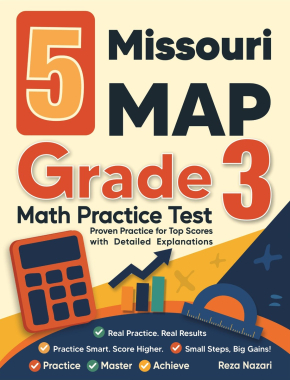
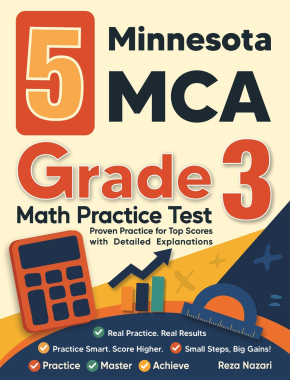





















What people say about "How to Avoid Careless Errors in Standardized Math Tests - Effortless Math: We Help Students Learn to LOVE Mathematics"?
No one replied yet.